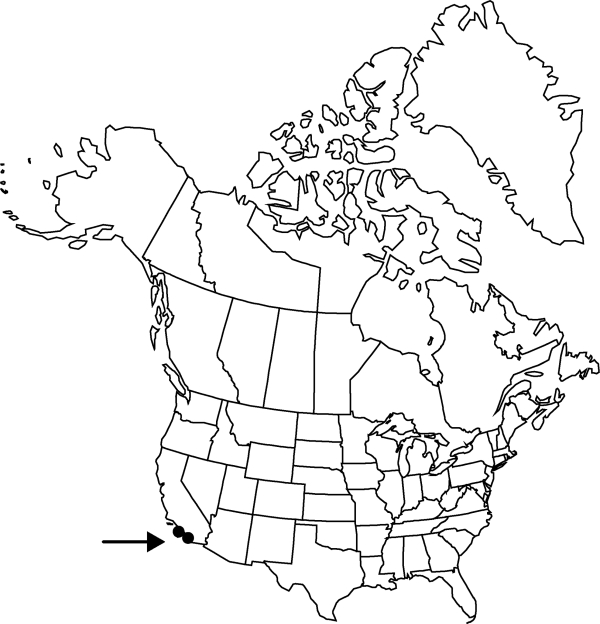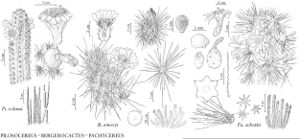Difference between revisions of "Bergerocactus emoryi"
Contr. U.S. Natl. Herb. 12: 435. 1909.
FNA>Volume Importer |
imported>Volume Importer |
||
| (2 intermediate revisions by 2 users not shown) | |||
| Line 8: | Line 8: | ||
}} | }} | ||
|common_names=Golden clubcactus;golden cereus;golden snakecactus | |common_names=Golden clubcactus;golden cereus;golden snakecactus | ||
| + | |special_status={{Treatment/ID/Special_status | ||
| + | |code=F | ||
| + | |label=Illustrated | ||
| + | }} | ||
|basionyms={{Treatment/ID/Basionym | |basionyms={{Treatment/ID/Basionym | ||
|name=Cereus emoryi | |name=Cereus emoryi | ||
| Line 52: | Line 56: | ||
|publication title=Contr. U.S. Natl. Herb. | |publication title=Contr. U.S. Natl. Herb. | ||
|publication year=1909 | |publication year=1909 | ||
| − | |special status= | + | |special status=Illustrated |
| − | |source xml=https:// | + | |source xml=https://bitbucket.org/aafc-mbb/fna-data-curation/src/2e0870ddd59836b60bcf96646a41e87ea5a5943a/coarse_grained_fna_xml/V4/V4_346.xml |
|subfamily=Cactaceae subfam. Cactoideae | |subfamily=Cactaceae subfam. Cactoideae | ||
|genus=Bergerocactus | |genus=Bergerocactus | ||
Latest revision as of 21:58, 5 November 2020
Stems: ribs less than 5 mm from base to crest; areoles 2–4 mm diam., hairs white. Flowers 2.5–4.5 cm diam.; scales on flower tube green with red tips; tepals with acute apices; ovary locules with up to 600 ovules; anthers pale orange-yellow; styles fused for 5 mm to base of flower tube, white, 1525 mm. 2n = 44.
Phenology: Flowering Apr–Jul.
Habitat: Coastal bluff scrub, semidesert scrub, sandy soils
Elevation: 10-200 m
Distribution

Calif., Mexico (Baja California).
Discussion
Bergerocactus emoryi is exceedingly rare in California, because its habitats have been heavily disturbed or eliminated. It survives mostly within nature reserves in several coastal mainland localities and on Santa Catalina and San Clemente islands, California. The species is fairly common (and more variable) along the Pacific slope of Baja California, Mexico, and its offshore islands south to 29º 48´ N. In Mexico, B. emoryi inhabits sandy, rugged, steep coastal bluffs and nearby coastal scrubland hillsides, located within the coastal fog zone.
Selected References
None.
